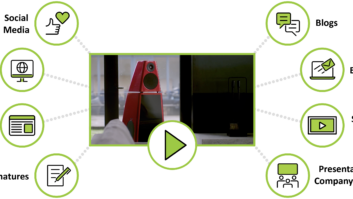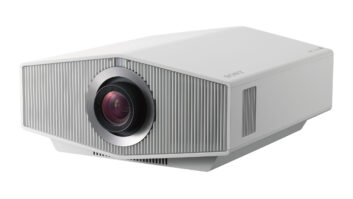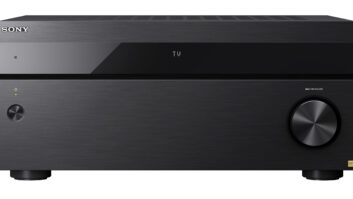Happy New Year! Congratulations on making it through the craziest, busiest installation season of the year. Hopefully, January is a brief pause for you to catch up and get organized after closing out your end-of-year installations.
You should also stop to complete your most important inventory of the year. No matter what method your company uses to manage your inventory, a reliable year-end count and valuation is essential. This should include all products, cable, hardware, and tools that are in your offices, showroom, and trucks. Also include the products currently at job sites that have not yet been paid for. After counting all of this gear, determine the cost associated with each item to calculate a final total year-end inventory.
Keeping track of inventory for retailers is a year-round job. They often use bar code systems to keep accurate current counts of all SKUs. Large retailers usually have computer systems tied to their cash registers that automatically trigger reorders whenever products start running low on the shelves. When the products arrive at the store, they are scanned as they are put out on the shelves to keep a current count. It is the only way retailers can maintain consistent levels of stock for thousands of items.
Some AV retailers who also sell installation services require this level of inventory control, while installation companies might try to follow this model in the interest of doing good business. It might be good for retailers, but does this level of inventory management make sense for a custom installation company?
Lets say your bookkeeper uses QuickBooks Pro. First they need to create a product in QuickBooks for everything your company plans to sell. Whenever a sale is made, they will need to enter the products sold into an invoice and then create purchase orders that must be sent to all the vendors with this double-entry system.
To operate profitably, it is important to keep your inventory at a minimum and order products just in time. This creates additional complexity to split job-site POs for the correct arrival time for each phase of your jobs. When shipments arrive at your office, each package must be opened and verified against the packing lists, which are then reconciled with your purchase orders and invoices.
Later, when products are sent out to the job sites, they must be transferred to a different inventory status. To make it even more complicated, custom installation companies generally invoice clients as each phase of the job is completed.
This clearly demonstrates that if your company wants to fully manage your inventory and keep the numbers current all of the time, someone will need to spend time doing nothing but managing inventory. Installation companies that choose to micromanage their inventory will struggle even more by ordering and tracking specific footages of cable, p-rings, and trim plates, for each job.
So, what is the answer? Although it may seem like the only professional diligent way, I recommend that you do not micromanage your inventory. For custom companies doing $3 million or less in annual business, simplify your workflow by pulling the paperwork from your jobs in progress and manually marking the products as they are ordered and received. Include the name of the job in your purchase orders, so that when the equipment arrives, you can simply stack it in a pile marked for that job.
Keep a basic stock of cable, wire, volume controls, and small parts, in your trucks. Also keep additional stock of the parts you need all the time at your office or warehouse. Work with cable and hardware suppliers in your local area who can quickly fill your orders the next day if possible.
Accountants and bookkeepers are trained to recommend against this, but doing it by the book is expensive and will not pay you for your extra effort. I suggest you adopt a lean, mean way of doing business. Simplify your workflow and management processes to minimize red tape and wasted hours while maximizing your profits. Work with your bookkeeper or accountant to devise a plan that will minimize your inventory upkeep yet still provide what accounting really needs. The goal is to empower your company to sell and install more with the least amount of hassle.







